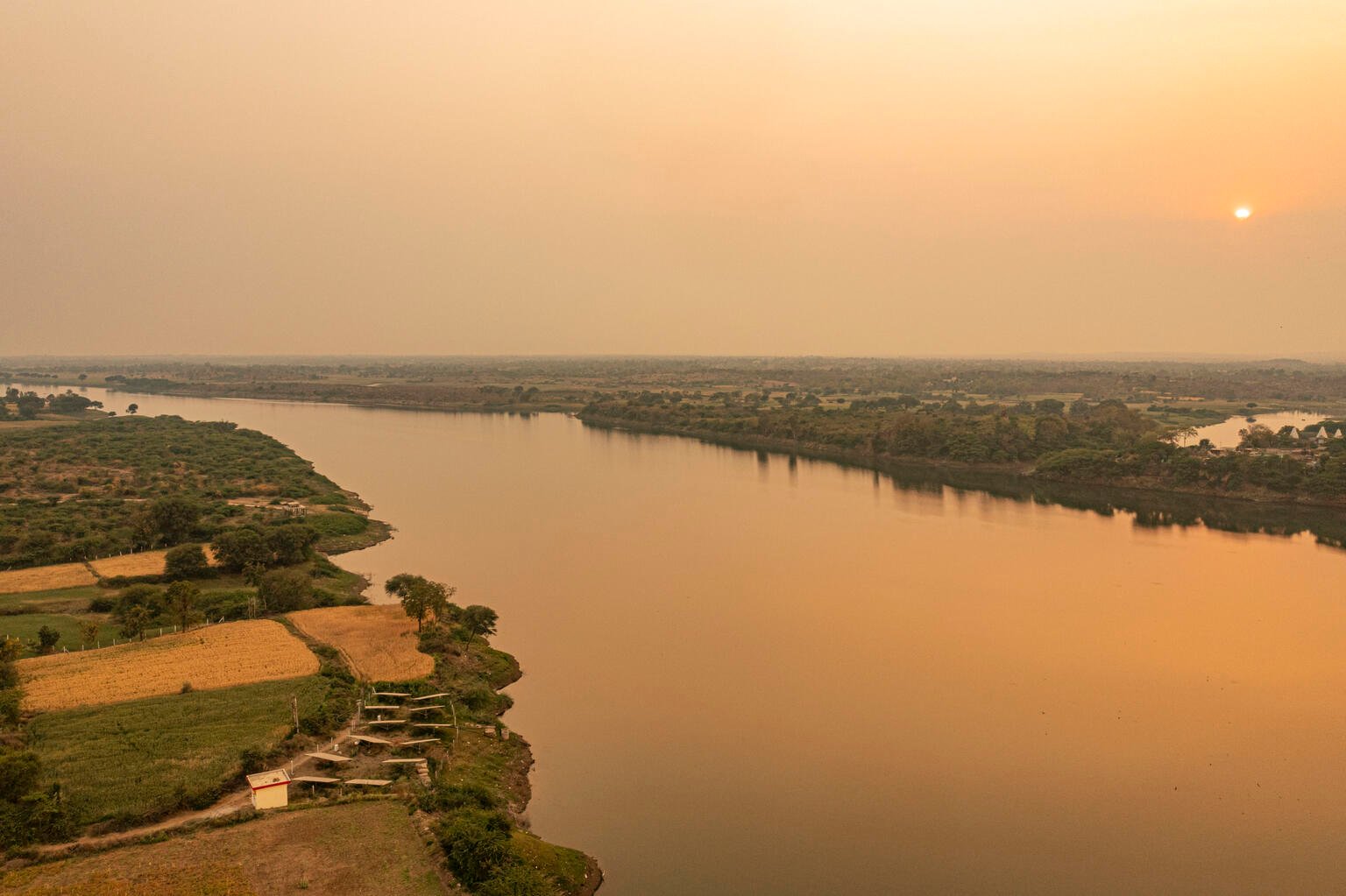The Unseen Engine: How Freshwater Sustains Global Ecosystems and Civilization
Freshwater, a resource constituting a mere 2.5% of the planet’s water, is the fundamental pillar supporting terrestrial life, driving ecological processes, and underpinning human civilization. [1] While seemingly scarce, its role is disproportionately massive, acting as the planet’s circulatory system and the crucible for a remarkable concentration of biodiversity. [2][3] Its importance transcends mere consumption; it is an active agent that shapes landscapes, regulates climate, and provides ecosystem services whose economic value is staggering, yet often overlooked. A 2023 report estimated the annual economic value of water and freshwater ecosystems at $58 trillion, equivalent to 60% of the global GDP, highlighting a profound dependency that is dangerously undervalued. [4][5] This value is not just in the water we drink or use in factories, but in the silent, vital functions these ecosystems perform, from purifying water to mitigating floods and storing carbon. [4][6] Understanding this intricate dependency is paramount as mounting pressures from human activity and climate change place this finite resource in unprecedented peril.
Freshwater habitats—encompassing rivers, lakes, wetlands, and groundwater aquifers—are hotspots of biological diversity, hosting a richness of life that belies their small footprint on Earth’s surface. [1] Covering less than 1% of the planet, these ecosystems are home to over 10% of all known animal species, including an estimated 18,000 species of fish, which accounts for nearly half of all known fish species globally. [7][8] This extraordinary concentration of life is a result of the unique, often isolated environments that foster high levels of endemism, where species are found nowhere else on Earth. [7] The Amazon River Basin and the Great Lakes of North America stand as testaments to this, supporting complex food webs and a significant portion of global biodiversity. [1] Beyond fish, these habitats are critical for countless amphibians, reptiles, invertebrates, birds, and mammals. [1][9] The functional role of this biodiversity is indispensable; organisms from microorganisms to large vertebrates actively participate in nutrient cycling and water purification. [10][11] For example, benthic macrofauna in riverbeds and lake bottoms influence the exchange of nutrients between sediment and the water column, while wetlands act as natural filters, trapping pollutants and clarifying water before it flows into larger bodies. [2][12] This biological engine not only sustains the health of the aquatic environment but provides services, like clean water, that are fundamental to all life, including human.
The trajectory of human civilization has been intrinsically tied to the availability and management of freshwater. [13] Ancient societies flourished along the banks of rivers, which provided water for drinking, agriculture, and transportation. [14] Today, this dependency has scaled globally and intensified. Agriculture alone accounts for approximately 70% of worldwide freshwater withdrawals, a necessity for irrigating the crops that feed a growing global population. [2][8] Industries and energy production are similarly reliant, with industrial water use generating an estimated $5.1 trillion annually. [6] Beyond these direct economic uses, healthy freshwater systems provide a suite of non-market services that are crucial for human well-being and security. [15] Wetlands and riverine vegetation act as natural buffers against extreme weather, absorbing floodwaters and mitigating the impacts of droughts. [2][16] However, this vital resource is facing a crisis. Diseases from unsafe water and poor sanitation kill more people each year than all forms of violence combined, and by 2025, it is predicted that two-thirds of the world’s population could face water shortages. [8] This scarcity is compounded by the degradation of the very ecosystems that supply and purify water, a trend driven by pollution, habitat destruction, and climate change. [17][18]
The immense value of freshwater ecosystems stands in stark contrast to the severe and accelerating threats they face. A devastating combination of pollution, habitat fragmentation, overexploitation, and climate change is unraveling these intricate systems. [17][19] Industrial and municipal effluents, along with agricultural runoff laden with fertilizers and pesticides, contaminate water bodies, leading to habitat loss and threatening human health. [18] The physical alteration of these habitats is equally damaging; fewer than 70 of the world’s 177 longest rivers now flow unimpeded by dams or other structures, and since 1900, more than half of the world’s wetlands have disappeared. [5][8] This destruction has had a catastrophic impact on biodiversity, with monitored freshwater species populations plummeting by an average of 84% since 1970—a rate of decline that far outstrips that of terrestrial or marine species. [5][7] Climate change exacerbates these pressures by altering precipitation patterns, intensifying floods and droughts, and warming water temperatures, which disrupts ecosystem functions and threatens species adapted to specific thermal ranges. [20] The confluence of these threats not only endangers wildlife but jeopardizes the water and food security of billions of people, undermining global efforts to build a sustainable and resilient future. [5] Reversing this trajectory requires a fundamental shift in how freshwater is valued and managed, moving from a mindset of exploitation to one of stewardship and restoration. [19]



